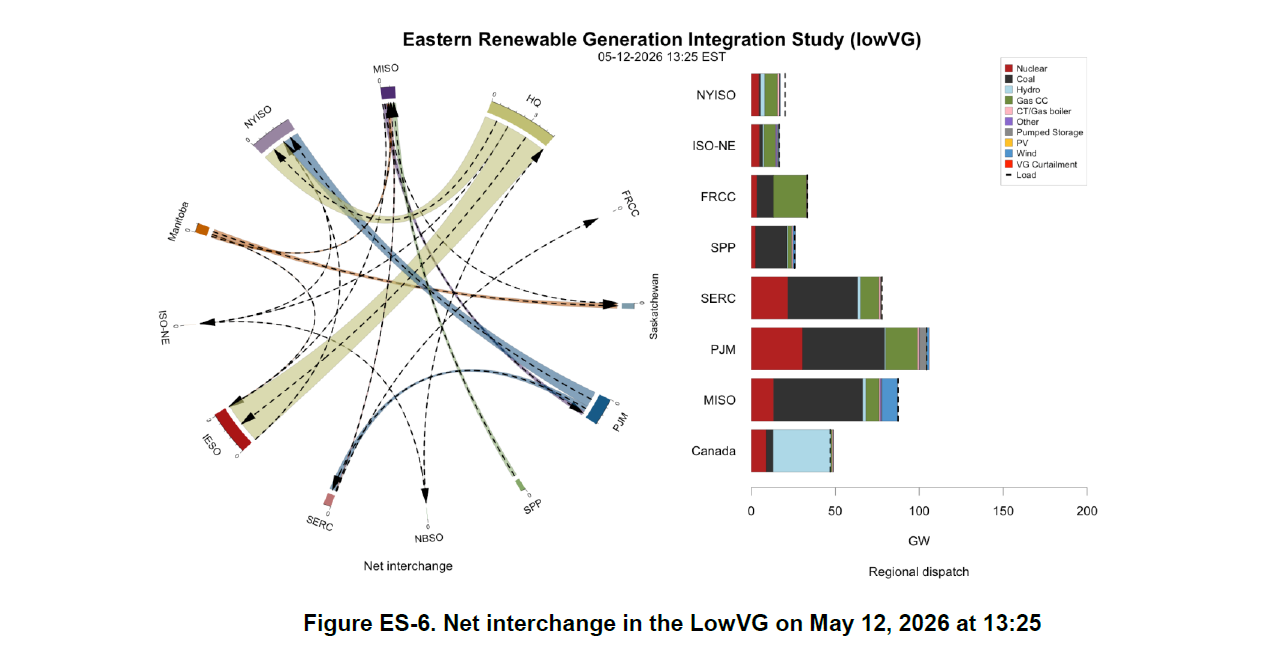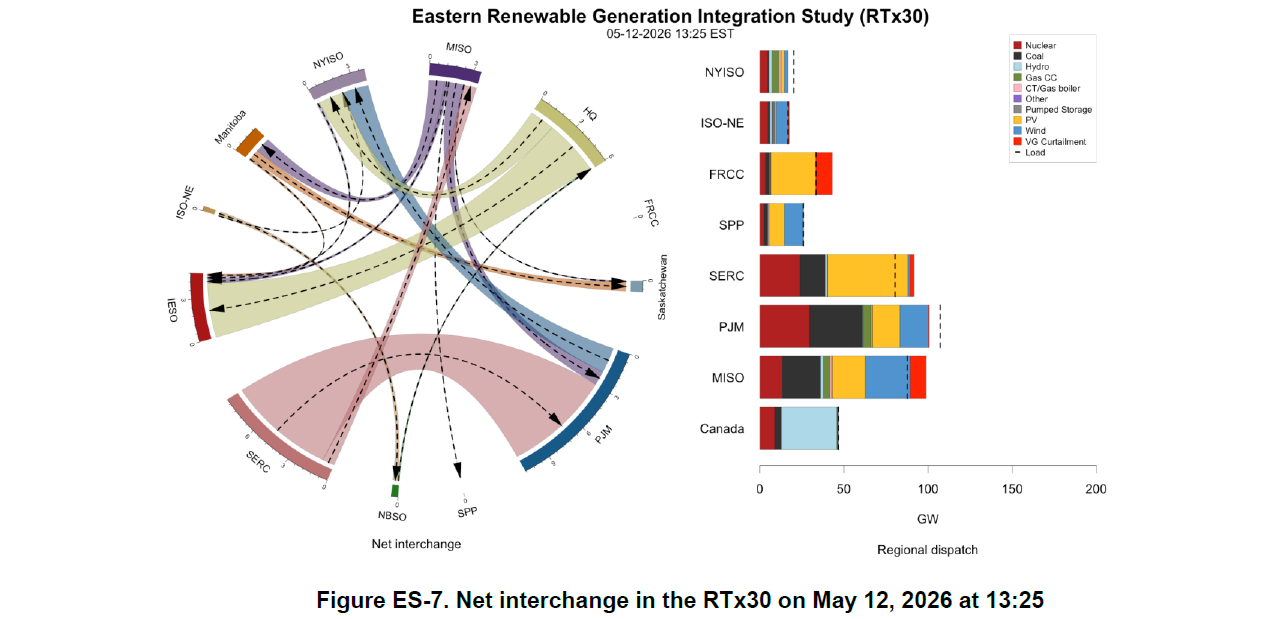As consumers suffer from climate-related power outages and electric power grid bottlenecks are limiting low-cost, carbon-free energy supplies, the grid is coming under greater public scrutiny, and planning for more transmission is more popular than ever.
That makes sense, because energy delivery relies on infrastructure. When storms knock down wires or freeze fuel pipes and coal piles, such disruptions attract attention and prompt questions about long-term preparations and planning. Other times, consumers can’t help but notice rising energy costs. This year we’re saddled by disruptions and high energy costs on top of the COVID health crisis and related economic dislocations. That perfect storm has forced the electric power sector to focus on its plans to improve transmission, which is key to the supply chain that keeps the lights on and the prices stable, and is central to reducing carbon emissions.
Supply the transmission policy
To deliver new clean energy, the country will need changes in transmission and transmission policy. For the first time, a combined panel of decisionmakers from the Federal Energy Regulatory Commission (FERC) and the National Association of Regulatory Utility Commissioners (the state utility regulators) is sitting down to talk about transmission planning. This coincides with FERC exploring new rules for transmission planning, and grid operators wrestling with overwhelming investor interest in building new energy supplies from wind, solar and storage.
First really big gap: information
Information is vital to decisionmaking in both the private and public sector. UCS comments on FERC transmission rulemaking emphasize the process only works when the agency transparently shares the information needed for transmission planning. Currently, too many transmission planning efforts omit information about state requirements for clean energy and local transmission owner plans. Most dramatic, FERC has allowed utility planners to create a parallel process of looking at the same transmission grid with very different assumptions that depend on who is asking.
Electric utilities’ transmission planning includes these specific categories: planning for reliability and economic efficiency, locally determined “supplemental” or “other” projects not part of regional needs, and “customer-funded upgrades” (i.e., generator interconnection). FERC requires some kind of planning process for state policies, but the rules render such planning almost nonexistent. Current planning suffers because planners don’t have the information they need, and when and where they need it, to do good planning.


Next really big gap: new generation
FERC adopted the generator connection framework from a 2003 settlement that was promoted by independent power plant owners desperate to establish a clear means to get transmission access to energy markets. In doing this, the industry adopted a new class of transmission expansion, paid by the generators. However, when FERC put the connection framework into practice, it bypassed its own principle of “beneficiary pays” for new transmission because it assumed the generators, then and now, to be the only beneficiaries and no efforts are made to find others.
In addition to ignoring the broader benefits of transmission built at the expense of generators, the assumptions used for planning the generator’s needs and costs are unlike the assumptions used for any other step in transmission planning. Generation interconnection studies include all proposed future generators that have a pending earlier-queued interconnection request. Grid planners can have a dozen or more purposes and separate procedures for transmission planning, but none besides this gatekeeping function for new connections include the hundreds of proposed new generators. The result is each new generator looking to participate in the market (via transmission) is saddled with the high cost of connecting to a grid already overburdened by hypothetical generators.
Planning should consider the future
PJM and ISO-New England do not use state-required procurements for clean energy when they develop transmission plans for their regions. Keep that in mind, for we now have from PJM a detailed look at the transmission needed to meet the state clean energy requirements in the PJM region. This report included the states’ energy needs and clean energy requirements through 2035, calculated the number and types of power plants (wind, solar, and storage), and placed these on the transmission system in future years. Then PJM did what transmission planners should do: test the grid’s ability to absorb and deliver that added supply. Adding a lot of new supplies will overload existing wires and require new transmission investments to deliver reliably. PJM also reported that adding these new supplies would lower the cost of producing energy compared to today.
PJM summarized the new transmission needed for all state clean energy requirements in its region. It calculated the cost to build transmission between now and 2035, with a few scenarios of how that might unfold. Most important, PJM did this looking forward rather than the usual approach, which is to build for the first new renewable energy project, then start building for the second project, and not consider the needs of a third or fourth project. By capturing the economies of planning ahead—and using fewer, bigger lines—the study reported real savings for meeting states’ needs.
This looks good
The PJM report estimates the cost of transmission upgrades for wind, solar and storage (just the transmission system costs) would be $2.4 billion to $3.2 billion. That’s actually a small amount. The gas industry has predicted that pipeline construction costs would average $25 billion per year for 20 years. (Take note, planning ahead when building big is less costly than making many incremental steps and missing the efficiency and economies of scale.)
We think that PJM and ISO-NE can help their states by adopting forward-looking regional transmission planning that plans for future generation to help states meet their energy-related goals more efficiently and cost-effectively. State officials, who are now part of the supply chain for carbon reduction through clean energy, need to put their state goals in the mix. Tell them that clean energy goals need support with clean transmission. Stay tuned, we’ll help you describe the transmission for the transition you want.

